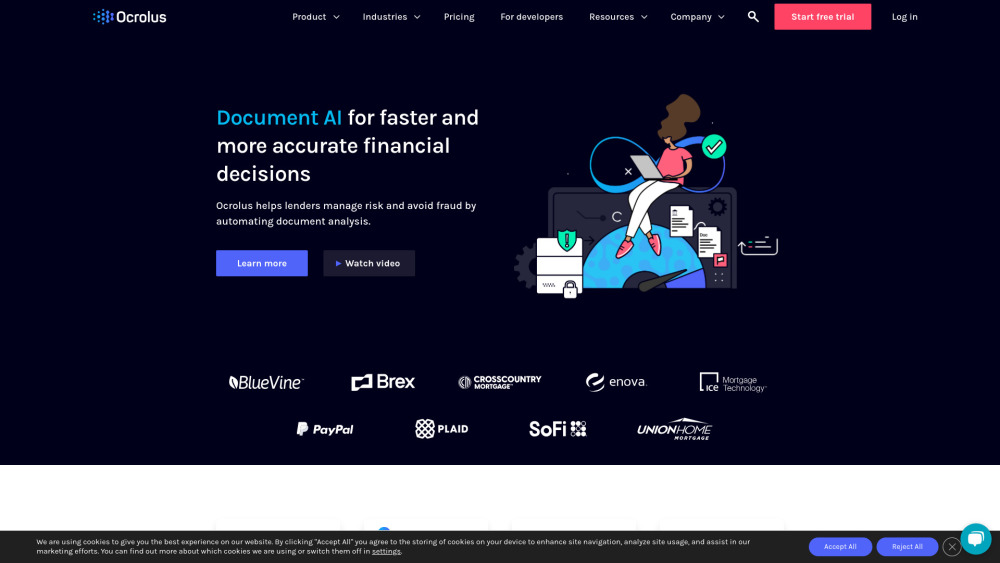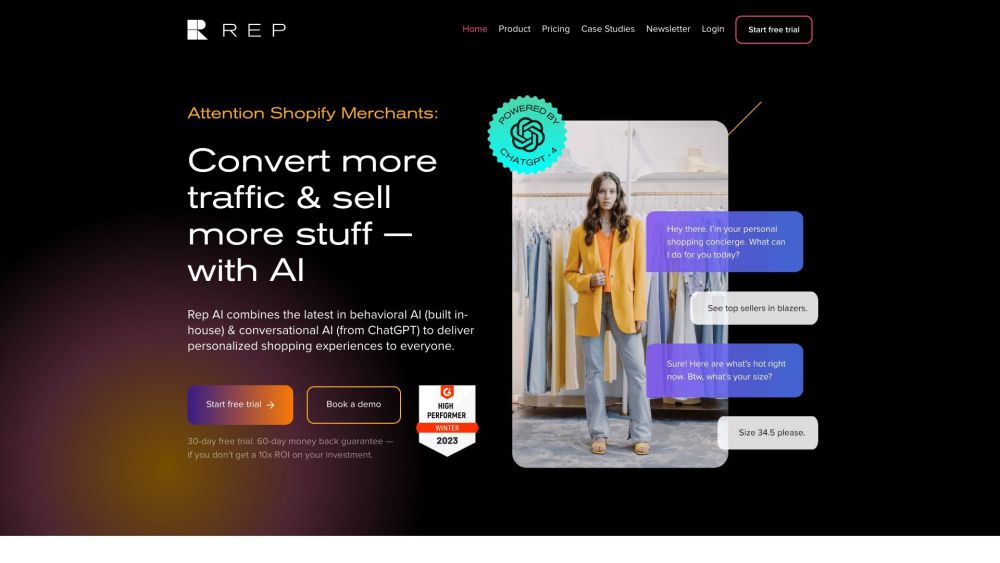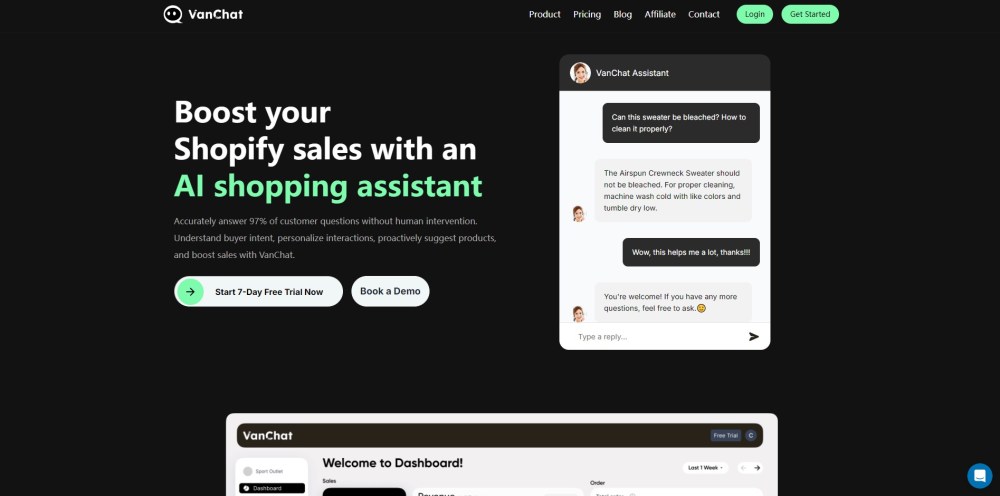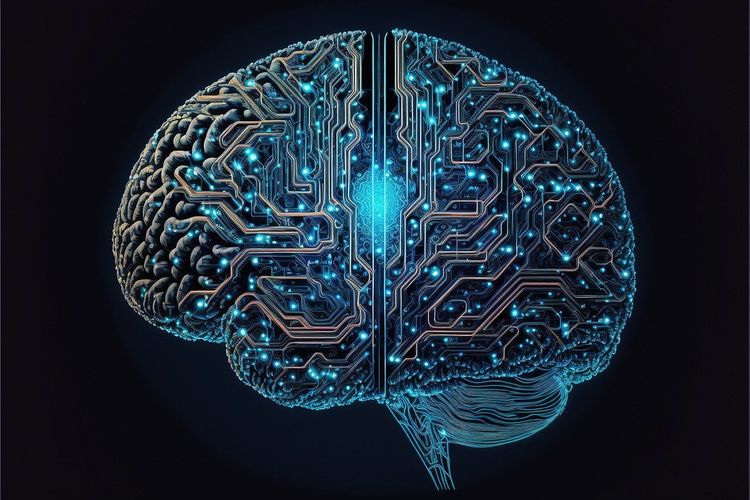What Kind of Paper Runs 166 Pages?
The "Guide to GPT-4V" assesses the performance of the multimodal model, GPT-4V, across ten distinct tasks in a comprehensive 166-page report. This detailed document covers everything from image recognition to complex logical reasoning and offers practical tips for crafting prompts tailored to multimodal AI, making it accessible to users at all skill levels. Authored by a team of seven Chinese researchers, led by an experienced female chief research manager with a background at Microsoft, this paper builds on their prior contributions to OpenAI’s DALL·E 3 research.
In contrast to OpenAI’s brief 18-page paper on GPT-4V, this extensive guide has quickly become essential reading for users, with some humorously noting that its depth resembles a small book more than a typical research paper. As readers explore the guide, many express both intrigue and concern regarding the AI's impressive capabilities.
Key Insights from the Microsoft Report
Central to the report's findings is the principle of "Experiment." Microsoft researchers conducted a series of tests across various domains, meticulously documenting GPT-4V's responses. Here’s a breakdown of the report's critical insights:
1. Usage Techniques for GPT-4V: The report outlines five methods to utilize GPT-4V: processing images, sub-images, texts, scene texts, and visual pointers. It also emphasizes three capabilities: instruction following, chain-of-thought reasoning, and in-context few-shot learning.
2. Performance Across Ten Tasks: GPT-4V is evaluated in tasks such as visual understanding, description, multimodal reasoning, commonsense reasoning, scene text comprehension, document reasoning, coding, temporal reasoning, abstract reasoning, and emotional intelligence. Its versatility is highlighted by complex "visual reasoning tasks" that demand a high level of cognitive processing.
3. Prompting Techniques for Multimodal Models: The report introduces "visual referring prompting," a novel technique that allows users to guide the model by directly modifying input images for specific tasks.
4. Research and Application Potential: The authors identify two key areas for multimodal learning: practical applications in real-world scenarios and emerging research avenues, such as fault detection.
While innovative prompting techniques and potential applications are noteworthy, the primary focus remains on GPT-4V's capabilities.
Demonstrating GPT-4V's Evolving Multimodal Abilities
The guide dedicates over 150 pages to demonstrations showcasing GPT-4V's ability to handle diverse queries. Here’s a look at its advancements:
- Image Recognition: GPT-4V excels at recognizing iconic figures and landmarks, accurately describing both who they are and their actions, such as detailing Nvidia CEO Huang Renxun presenting a new graphics card.
- Advanced Medical Imaging Analysis: In analyzing lung CT scans, GPT-4V identifies potential infections and tumors, demonstrating its capability to interpret complex medical data, including suggesting a likely diagnosis from brain MRI images.
- Understanding Expressions and Emotions: The model adeptly interprets social media memes and conveys emotions reflected in human facial expressions.
- Text Recognition: GPT-4V supports multiple languages, including Chinese and Japanese, and can even interpret handwritten mathematical equations.
- Reasoning and Logic: The model shows proficiency in solving visual puzzles, distinguishing differences between images, and answering IQ-type questions.
- Dynamic Content Analysis: Although it cannot analyze videos directly, GPT-4V can predict sequences of actions from a series of images, demonstrating its understanding of contextual information.
Research Team Behind the Breakthrough
The report features contributions from six core researchers of Chinese descent, led by Principal Research Manager Lijuan Wang, who specializes in multimodal perception intelligence, deep learning, and machine learning technologies.
This comprehensive guide highlights the remarkable capabilities of GPT-4V, encompassing advanced image and text recognition along with dynamic reasoning and analysis, marking a significant advancement in multimodal AI research.






